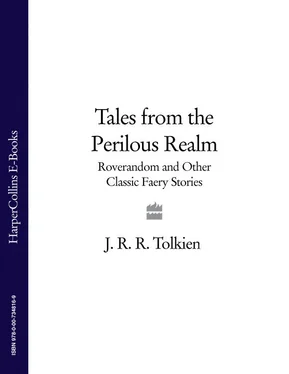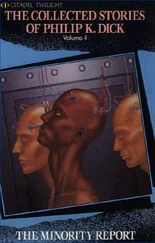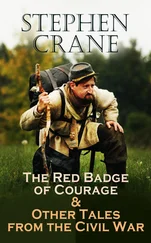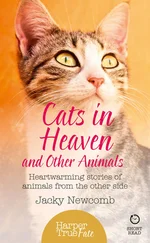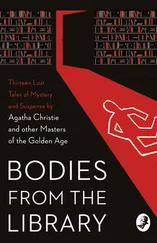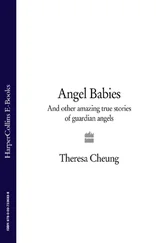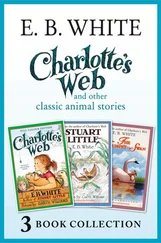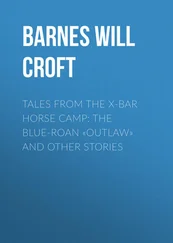Myths are the greatest of survivals, though, and the most important revenge in Farmer Giles is the revenge of the mythical on the everyday. For who is to say which is which? It is the young and silly dragons who conclude “So knights are mythical!…We always thought so.” It is the silly over-civilised court which prefers sweet and sticky Mock Dragon’s Tail to Real Tail. The courtiers’ descendants (Tolkien implies) will eventually substitute their feeble imitations for the real thing even in fantasy—just like Nokes the Cook in Smith of Wootton Major , with his sad diminished idea of the Fairy Queen and Faërie itself. Giles deals firmly and fairly with king and court and dragon alike, though we should not forget the assistance he receives from the parson—a scholar who makes up for all the others—and from the story’s unsung heroine, the grey mare. She knew what she was doing all the time, even when she sniffed at Giles’s unnecessary spurs. He didn’t need to pretend to be a knight.
The Adventures of Tom Bombadil also owe their existence to prompting from Tolkien’s family. In 1961 his Aunt Jane Neave suggested to him that he might bring out a little book with Tom Bombadil in it, which people like her could afford to buy as Christmas presents. Tolkien responded by collecting a clutch of poems he had already written at different times over the preceding forty years or more. Most of the sixteen had been printed, sometimes in very obscure publications, in the 1920s and 1930s, but Tolkien took the opportunity in 1962 to revise them thoroughly. By this time The Lord of the Rings had appeared, and was already well-known, and Tolkien did what Niggle had done with his earlier pictures: he put these early compositions into the overall frame of his greater one. Once again he used the device of the scholarly editor, this time someone who has access to the Red Book of Westmarch, the hobbit-compilation from which The Lord of the Rings was supposed to have been drawn, and who has decided this time to edit not the main story but the “marginalia”—the things which medieval scribes in reality often wrote round the edges of their more official works.
This device allowed Tolkien to put in poems which were clearly just jokes, like no. 12, “Cat”, written as late as 1956 for his granddaughter Joanna; or poems which had no connection with Middle-earth, like no. 9, “The Mewlips”, originally printed in The Oxford Magazine for 1937 and there sub-titled “Lines Induced by Sensations When Waiting for an Answer at the Door of an Exalted Academic Person”; or poems which did have such a connection, but one which now made Tolkien uneasy. No. 3, “Errantry”, for instance, had been first written at least thirty years before, and had then been revised to become a song sung by Bilbo in The Lord of the Rings , but the names in it did not fit Tolkien’s increasingly developed Elvish languages. Editor-Tolkien accordingly explains that while the poem is Bilbo’s, he must have written it not long after his retirement to Rivendell, at a time when he did not know much about Elvish tradition. By the time Bilbo composed the Lord of the Rings version, he knew better, though Strider still thinks he should have left well alone. Several other poems, like nos. 7 and 8, the two troll-poems, or no. 10, “Oliphaunt”, are ascribed to Sam Gamgee, which helps to account for their non-serious nature. Nos. 5 and 6, the two “Man in the Moon” poems, both of them dating back to 1923, confirm Tolkien’s interest in nursery-rhymes: they are, in Tolkien’s imagination, the old complete poems of which modern children’s rhymes are garbled descendants, and the kind of thing that would have been popular in his imaginary Shire.
The first two and last three poems in the collection however show Tolkien working more deeply and more seriously. No. 1, the title poem, had also been published in The Oxford Magazine , in 1934, but no. 2, “Bombadil Goes Boating”, may date back even further. Like Roverandom, Bombadil had begun as the name of one of the Tolkien children’s toys, but had soon established himself as a kind of image of the English countryside and the country-folk and their enduring traditions, powerful, indeed masterful, but uninterested in exercising power. In both poems Tom is continually threatened, seriously by Barrow-wight, jokingly by otter-lad and by the hobbits who shoot arrows into his hat, or else teased by the wren and the kingfisher, and again by the hobbits. He gives as good as he gets, or better, but while the first poem ends on a note of triumph and contentment, the second ends on a note of loss: Tom will not come back.
The last three poems are all heavily reworked from earlier originals, and have become thematically much darker. “The Hoard” (going back to 1923) describes what Tolkien in The Hobbit would call “dragon-sickness”, the greed and possessiveness which successively overpowers elf and dwarf and dragon and hero and leads all of them—like Thorin Oakenshield in The Hobbit and the elf-king Thingol “Greycloak” in The Silmarillion —to their deaths. “The Last Ship” shows Tolkien balanced between two urges, on the one hand the wish to escape mortality and travel to the Undying Lands like Frodo, and on the other the sense that this is not only impossible, but ultimately unwelcome: the right thing to do is to turn back and live one’s life, like Sam Gamgee. Right it may be, but as Arwen finds, if there is no way to reverse it that choice is bitter. Finally, “The Sea-Bell” reminds us why the Perilous Realm is perilous. Those who have travelled to it, like the speaker of the poem, know they will not be allowed to stay there, but when they come back, they are overwhelmed by a sense of loss. As Sam Gamgee says of Galadriel, the inhabitants of Faërie may mean no harm, but they are still dangerous for ordinary mortals. Those who encounter them may never be the same again. In Tolkien’s editorial fiction, though the speaker should not be identified with Frodo himself, the hobbit-scribe who called the poem “Frodos Dreme” was expressing the fear created in the Shire by the dimly-understood events of the War of the Ring, as also (in reality) Tolkien’s own sense of loss and age.
These themes become stronger in Tolkien’s last published story, Smith of Wootton Major. This began with a request from a publisher, in 1964, that Tolkien should write a preface to a new illustrated edition of the story “The Golden Key”, by the Victorian author George MacDonald. (Tolkien had praised the story in his essay “On Fairy-Stories” nearly twenty years before.) Tolkien agreed, began work on the preface, and got a few pages into it when he started to illustrate his argument about the unexpected power of Faërie with a story about a cook trying to bake a cake for a children’s party. But at that point he broke off the preface, which was never resumed, and wrote the story instead. A developed version was read to a large audience in Oxford on 28 October 1966, and the story was published the following year.
Its title is almost aggressively plain, even more so than Farmer Giles of Ham , and Tolkien himself noted that it sounded like an old-fashioned school story. The name “Wootton”, however, though perfectly ordinary in England, has a meaning, as all names once did. It means “the town in the wood”, and the second sentence confirms that it was “deep in the trees”. Woods and forests were important for Tolkien, recurring from Mirkwood to Fangorn, and one of their recurrent (and realistic) features is that in them people lose their bearings and their way. One feels this is true of the inhabitants of Wootton Major, or many of them: a bit smug, easily satisfied, concerned above all with food and drink—not entirely bad qualities, but limited. To this Smith is an exception. At the children’s party which the village holds every twenty-four years he swallows a star, and this star is his passport into Faërie (or Faery, as Tolkien spells it here). The story follows Smith’s life, recounting some of his visions and experiences in Faërie, but also takes us through repeated festivals till the time when Smith has to give up the star, and allow it to be baked into a cake for some other child to succeed him. Smith knows when he leaves Faërie for the last time that “his way now led back to bereavement”. He is in the same position, if with more acceptance, as the narrator of “The Sea-bell”. The story is “a farewell to Fairyland”.
Читать дальше
